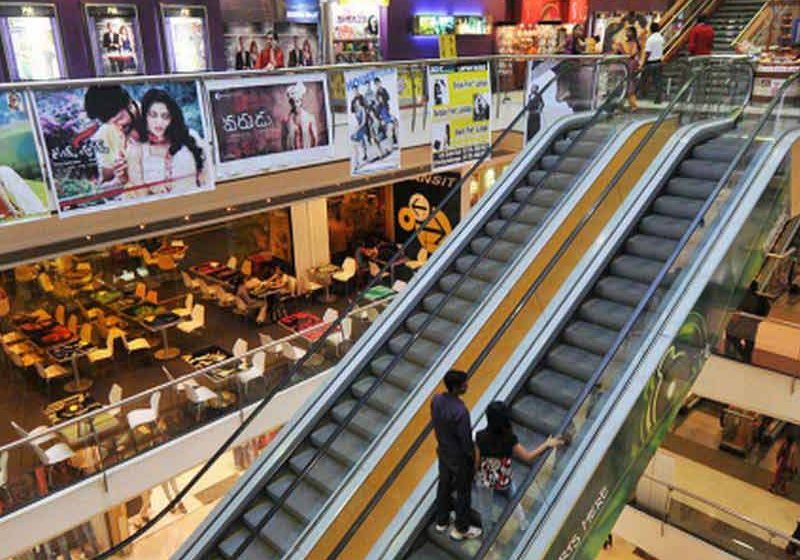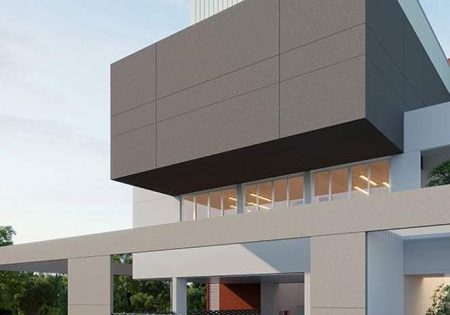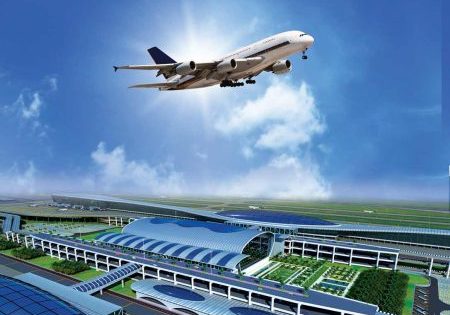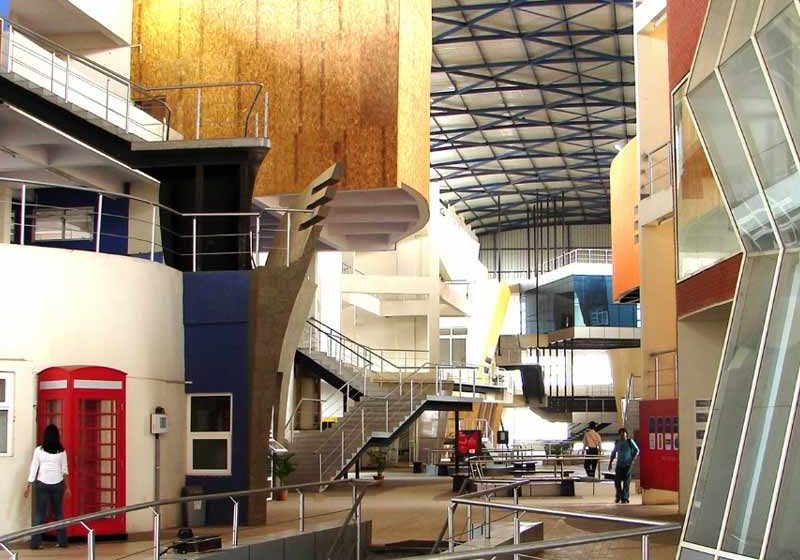The share of high rises stood at an all-time high of 52% and villas at an all-time low of 2% in 2019.
With Indian cities under increasing pressure to grow vertically, the share of high rises (21 floors or more) scaled to unprecedented heights in 2019. ANAROCK data indicates that of a total 1,816 residential projects launched across the top seven cities in 2019, more than 52% were high rises.
Unsurprisingly, the land-scarce Mumbai Metropolitan Region (MMR) tops the list, with more than 75% of the total 734 projects launched in 2019 in the high-rise category. With 21 floors the new normal in the region, Mumbai is closing in on other megacities like NYC, Hong Kong and Tokyo, where buildings at least as tall as 51 floors are the norm.
The National Capital Region (NCR) came next, with nearly 70% of its total launched projects in the high-rise category. Bangalore clocked in with 45% of the total projects launched in 2019 towering above 21 floors, followed by Pune with a 41% share.
In Hyderabad, Kolkata and Chennai, the share of 21-plus-floor buildings is scantier, with their high-rise share at 23%, 21% and 16%, respectively. Notably, Chennai and Hyderabad — two cities that had stuck to more conventional low-rise formats for a long time — are gradually warming up to high-rise housing developments. In both these cities, the well-to-do preferred bungalows and sea-facing villas. It is only in the last decade that these cities have begun to grow vertically, largely to accommodate increased inward migration.
Villas Losing the Plot
The increasing trend of vertical development has taken the sheen off a once highly preferred property type — villas. Both demand and supply of this format are diminishing, with wealthy homebuyers preferring the latter-day concept of “sky villas.” ANAROCK data reveals that of the total new launches of 545,000 units in 2014, nearly 5% were villas. In 2019, this share dropped to 2% of the total of 237,000 units launched during the year.
This downward trend has been evident in the eastern, western and northern regions since 2014. Today, the southern cities of Hyderabad, Bangalore and Chennai also showcase the declining villa trend.
Hyderabad stood out; of the total new launches of nearly 14,530 units in 2014, more than 35% were villas. In 2019, the supply share of villas reduced to 8% of the total launches of nearly 14,840 units. Interestingly, the total supply in both years is almost similar.
In Chennai, the share of villas in 2014 was second-highest in the country, with more than 16% of total new launches (28,540 units). In 2019, this share dropped to 5% of the total 13,000 units launched.
Bangalore saw its share of villa launches drop from 12% in 2014 to 5% in 2019. The overall launches in the city stood at 85,950 units in 2014 and 50,450 units in 2019.
NCR saw only a marginal drop — from 3% of 173,000 units in 2014 to 2% of 46,920 units in 2019. The MMR saw a mere 1% share of villas from a total 134,000 units launched in 2014; its share in 2019 is now zero. In Pune and Kolkata, too, the share of villa supply has been negligible in the last five years.
Five Takeaways
- Of the total 1,816 project launches in 2019, more than 52% were of 21 floors or more.
- After the Mumbai Metropolitan Region with 76%, the National Capital Region has the next-highest number of project launches, with high-rises comprising 70% of 89.
- Chennai has the least share (16%) in the high-rise category.
- As cities reach for the skies, the total supply share of villas has declined to an all-time low of 2% in 2019 against 5% in 2014.
- Hyderabad saw the maximum decline in villas share — from 35% in 2014 to 8% of total city launches in 2019.
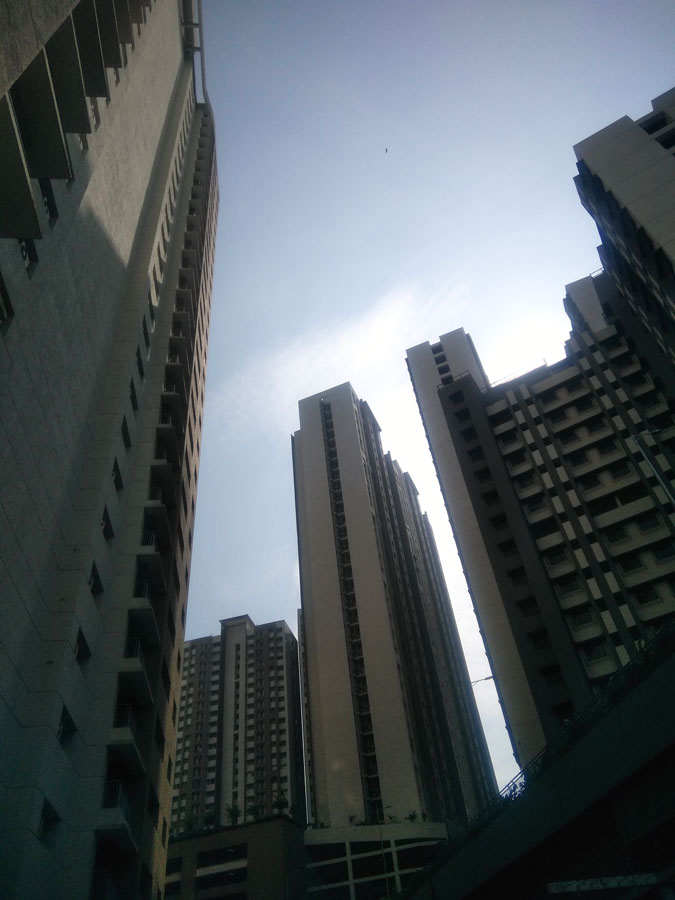
Get more of Elevator World. Sign up for our free e-newsletter.




